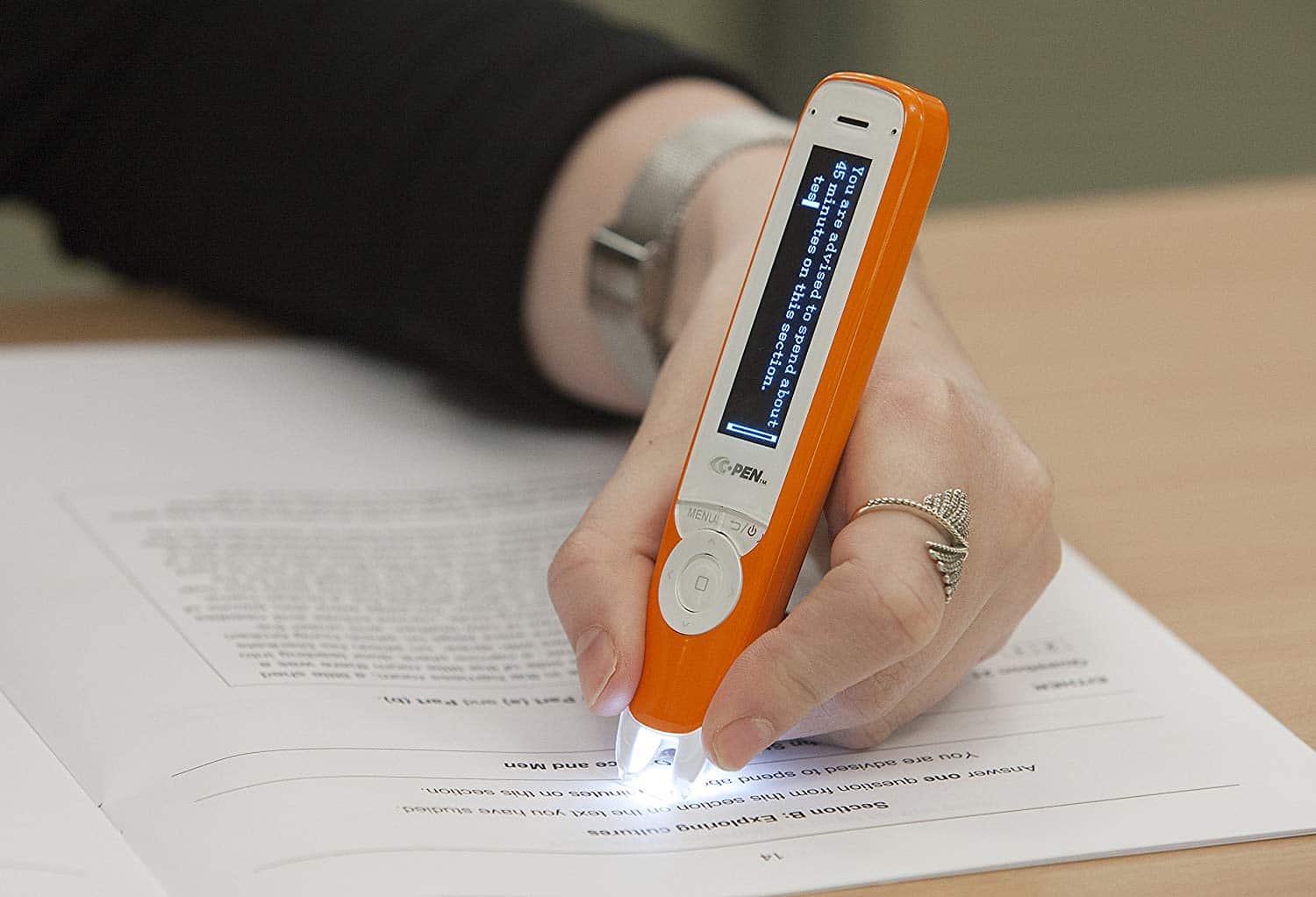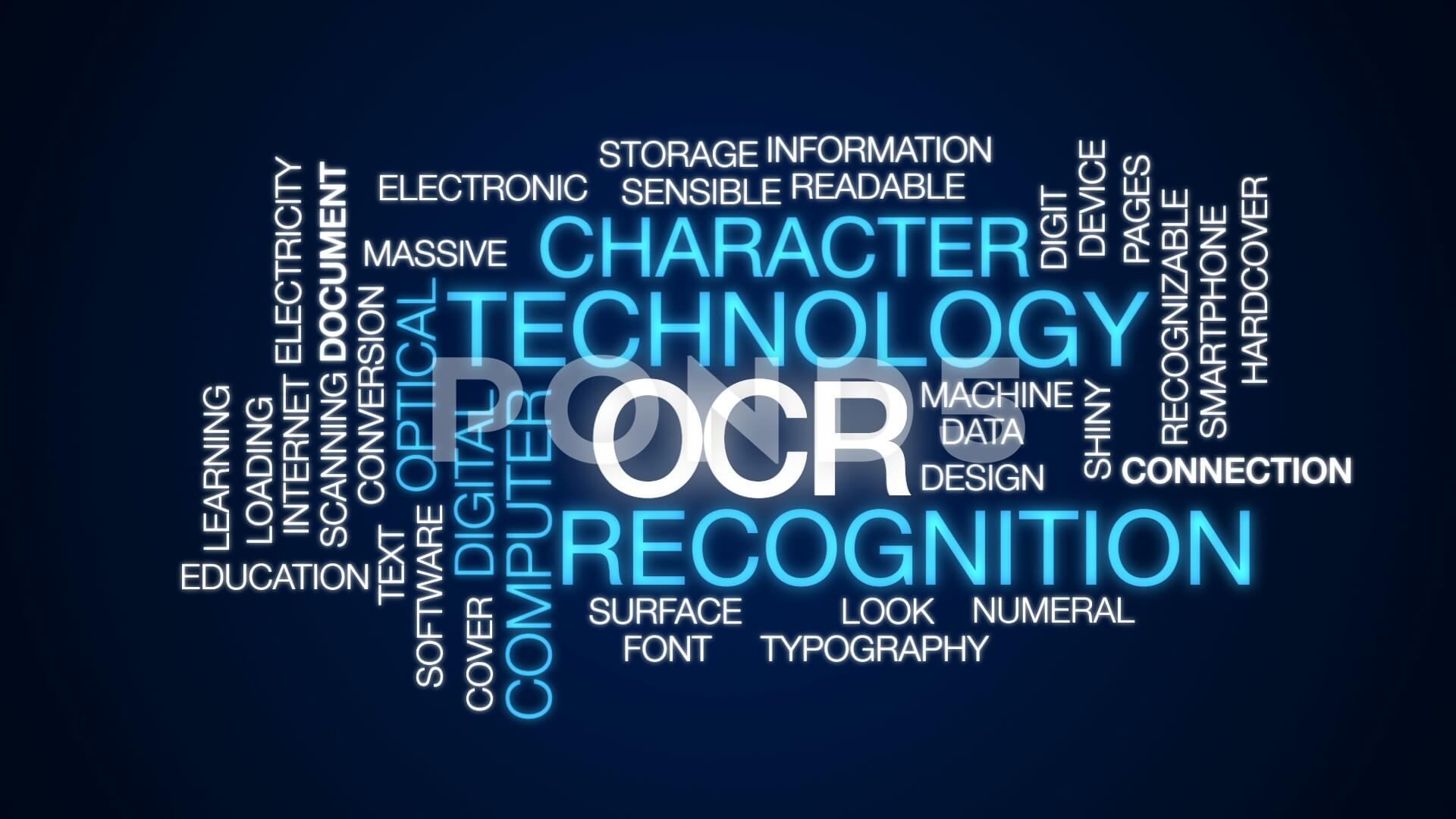

You can improve efficiency by using OCR software to automatically integrate document workflows and digital workflows within your business. They can also process the text database automatically by using data analytics software for further knowledge processing. The following are major benefits of OCR technology: Searchable textīusinesses can convert their existing and new documents into a fully searchable knowledge archive. Optical mark recognition identifies logos, watermarks, and other text symbols in a document. Intelligent word recognition systems work on the same principles as ICR, but process whole word images instead of preprocessing the images into characters. Even though ICR typically processes the images one character at a time, the process is fast, with results obtained in seconds. It looks for different image attributes, such as curves, lines, intersections, and loops, and combines the results of all these different levels of analysis to get the final result. A machine learning system called a neural network analyzes the text over many levels, processing the image repeatedly. They use advanced methods that train machines to behave like humans by using machine learning software. Modern OCR systems use intelligent character recognition (ICR) technology to read the text in the same way humans do. Intelligent character recognition software This solution has limitations because there are virtually unlimited font and handwriting styles, and every single type cannot be captured and stored in the database. If the system matches the text word by word, it is called optical word recognition. The OCR software uses pattern-matching algorithms to compare text images, character by character, to its internal database. The following are a few examples: Simple optical character recognition softwareĪ simple OCR engine works by storing many different font and text image patterns as templates.
#Image ocr scanner pdf
Some OCR systems can create annotated PDF files that include both the before and after versions of the scanned document.ĭata scientists classify different types of OCR technologies based on their use and application. PostprocessingĪfter analysis, the system converts the extracted text data into a computerized file. It then uses these features to find the best match or the nearest neighbor among its various stored glyphs. Feature extractionįeature extraction breaks down or decomposes the glyphs into features such as lines, closed loops, line direction, and line intersections. This method works well with scanned images of documents that have been typed in a known font. Pattern recognition works only if the stored glyph has a similar font and scale to the input glyph. Pattern matching works by isolating a character image, called a glyph, and comparing it with a similarly stored glyph.

The two main types of OCR algorithms or software processes that an OCR software uses for text recognition are called pattern matching and feature extraction.


Despeckling or removing any digital image spots or smoothing the edges of text images.Deskewing or tilting the scanned document slightly to fix alignment issues during the scan.These are some of its cleaning techniques: The OCR software first cleans the image and removes errors to prepare it for reading. The OCR software analyzes the scanned image and classifies the light areas as background and the dark areas as text. The OCR engine or OCR software works by using the following steps: Image acquisitionĪ scanner reads documents and converts them to binary data.


 0 kommentar(er)
0 kommentar(er)
